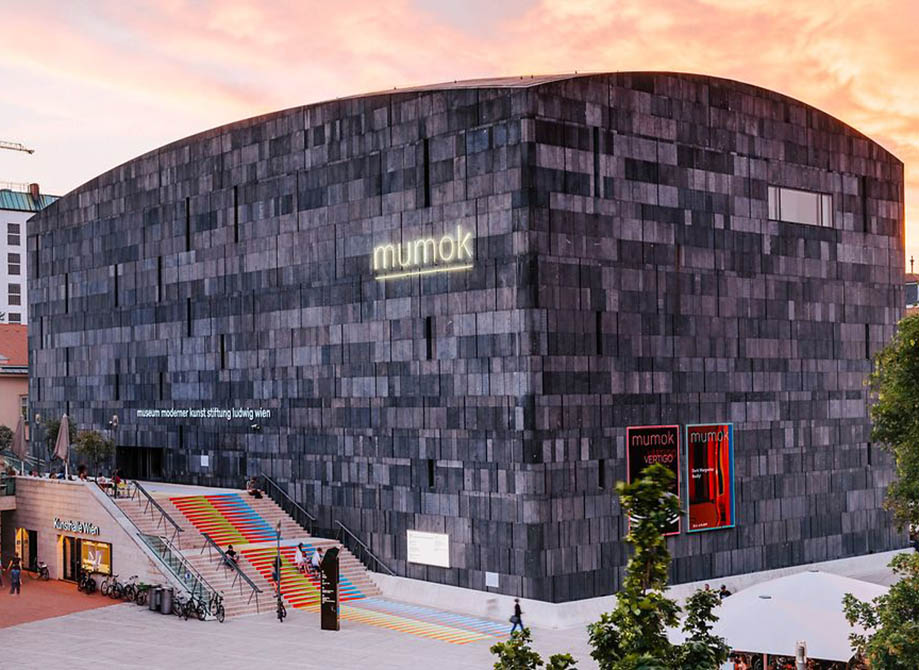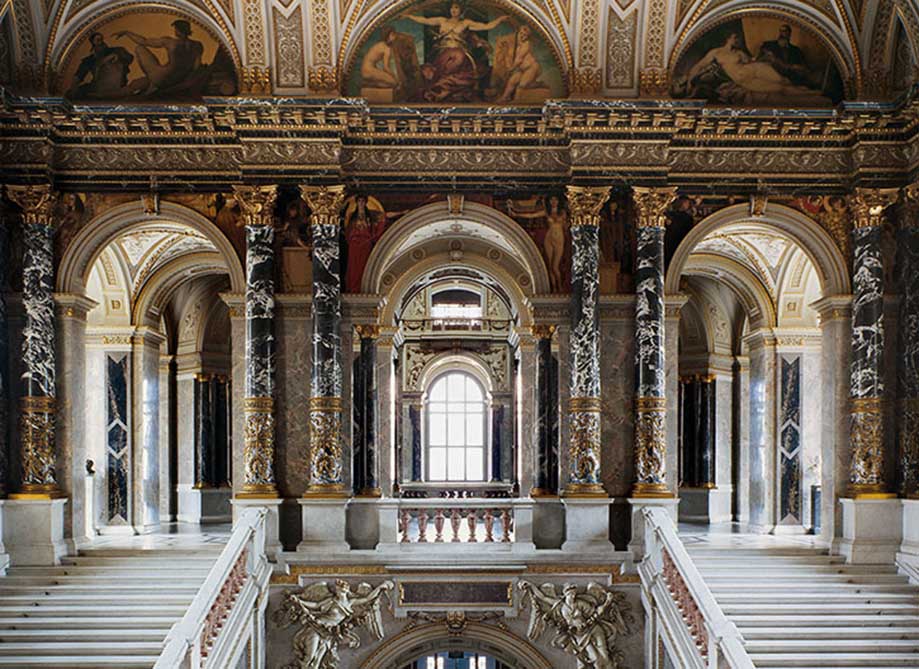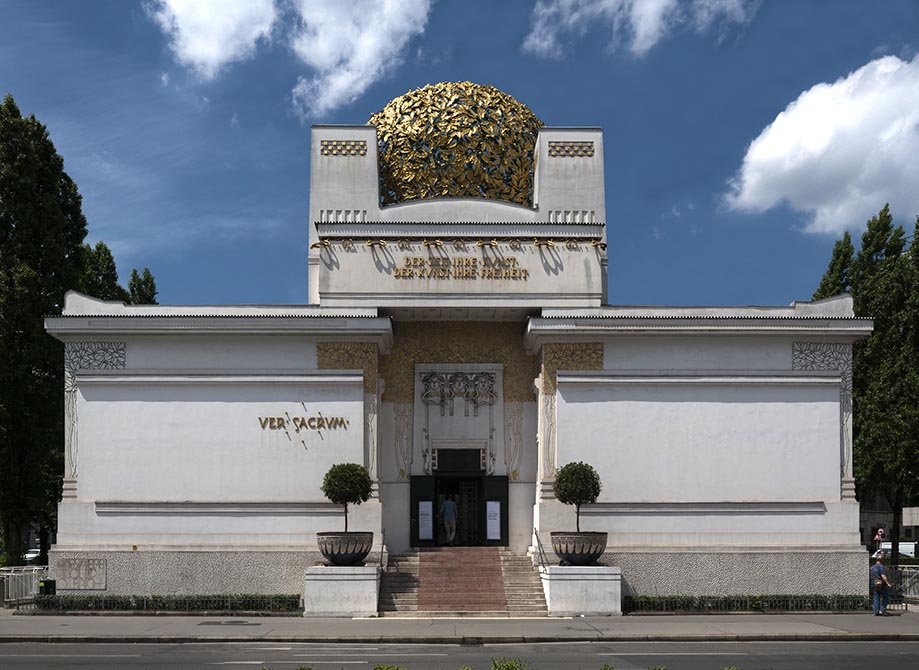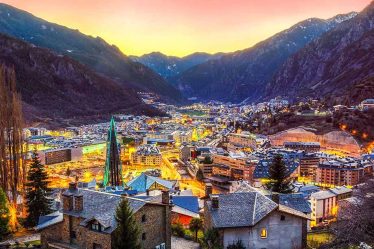
There’s something undeniably spellbinding about walking the streets of Vienna. It’s a city where art doesn’t merely exist—it breathes through every palace gate, echoes in every vaulted hall, and lingers like perfume in quiet courtyards. As an art lover and frequent traveler, few destinations have stirred me the way Vienna has. This wasn’t just a city break—it was an artistic pilgrimage. I planned an entire trip around the simple desire to immerse myself in masterpieces, and Vienna delivered on every level.
Let me take you on the route I explored, a curated guide to the city’s most inspiring museums and galleries—each one a brushstroke in the grand canvas of Vienna’s cultural legacy.
1. The Kunsthistorisches Museum: Where Old Masters Dwell
The first time I stood beneath the soaring dome of the Kunsthistorisches Museum, I felt small—in the best way. This place is more than a museum; it’s a temple dedicated to human brilliance. Built in the 19th century by Emperor Franz Joseph, its architecture alone warrants a visit. Marble staircases, ornate ceilings, golden galleries—every corner is a work of art in itself.
But of course, it’s what’s inside that truly stuns. I spent nearly an entire day drifting from room to room, mesmerized by the works of Caravaggio, Rubens, Rembrandt, and Vermeer. The collection of Pieter Bruegel the Elder is the largest in the world. Standing in front of The Tower of Babel felt almost spiritual—each figure, each brick, so precisely rendered, yet so deeply symbolic. It’s rare that a painting makes me sit down just to process its intensity, but Bruegel’s did.
If you go, don’t skip the Egyptian and Greek antiquities on the lower floors—they are equally fascinating and often quieter.

2. The Albertina: From Monet to Basquiat
Just a short stroll from the Hofburg Palace is the Albertina—another artistic marvel, this time more diverse in its offering. While it’s famous for its unparalleled graphic art collection, I found myself completely absorbed by its modern and contemporary exhibitions. During my visit, I was lucky enough to see a temporary show featuring Jean-Michel Basquiat, juxtaposed with the calm impressionism of Claude Monet.
The Albertina strikes a perfect balance: it respects the old masters while embracing bold, modern voices. I loved the architectural contrast too—historical rooms with frescoed ceilings housing Andy Warhols and Roy Lichtensteins. It’s a delicious tension that somehow works beautifully.
Don’t forget to check out the State Rooms, which are surprisingly opulent and a quieter respite from the buzzing exhibitions.
3. Leopold Museum: The Soul of Austrian Modernism
If you want to understand Vienna, you must understand Egon Schiele. And for that, there’s no better place than the Leopold Museum. Nestled in the MuseumsQuartier, this cube of white light offers one of the most emotionally compelling experiences in the city.
Schiele’s work is raw, visceral, and unflinchingly human. His twisted portraits, tormented expressions, and jagged lines offer a sharp contrast to Vienna’s imperial elegance. I spent nearly two hours moving slowly from one canvas to the next, captivated by the way he explored vulnerability.
But it’s not all melancholy—Gustav Klimt’s golden touch brings balance. Seeing Death and Life in person was surreal; the colors shimmer, and the theme—so timeless, so Viennese—stays with you.
The museum’s terrace café, with views over the city’s rooftops, became my favorite spot to process it all over a quiet espresso.
4. Belvedere Museum: The Kiss, and So Much More
Ah, The Kiss. No trip to Vienna would be complete without standing in front of Klimt’s most famous masterpiece at the Upper Belvedere. It’s almost strange how familiar it is—printed on postcards, mugs, scarves—yet when you finally meet it in person, it catches you off guard. The gold leaf glows like it’s lit from within. It doesn’t just depict love—it radiates it.
But the Belvedere isn’t just about Klimt. The entire collection of Austrian art from the Middle Ages to the present day offers a rich journey through the nation’s evolving identity. I was especially moved by Oskar Kokoschka’s intense portraits and the melancholic works from the interwar period.
The palace setting elevates the entire experience. Strolling through marble halls, then stepping outside into Baroque gardens—it felt like drifting through a dream.
5. MAK – Museum of Applied Arts: Where Design Meets Art
Vienna’s creative energy isn’t limited to fine art. The MAK is a celebration of design in every form—furniture, textiles, graphic arts, architecture. It’s a less crowded gem that I found both refreshing and intellectually stimulating.
What stood out most was the juxtaposition of old and new: 19th-century furniture next to cutting-edge digital installations. I was particularly enchanted by their permanent exhibition on Viennese Modernism, featuring Josef Hoffmann and the Wiener Werkstätte—a movement that elevated everyday objects into works of art.
This museum reminded me that creativity isn’t confined to canvases—it lives in teacups, wallpaper, typography.
6. Secession Building: Art Nouveau Manifesto
If there’s one building in Vienna that made me stop in my tracks, it was the Secession. Its golden dome, glinting in the sun like a crown of laurel leaves, declares that something bold lives within.
Inside, the highlight is undoubtedly Gustav Klimt’s Beethoven Frieze—a panoramic mural that stretches across three walls, celebrating the triumph of the human spirit through art and music. Seeing it in person is completely different from seeing it in books; the scale, the details, the emotional arc—it hits differently.
The building itself is a manifesto, a rebellion against convention, and a celebration of artistic freedom. As someone passionate about the intersection of art and ideology, this place struck a very personal chord.

7. MUMOK – Museum of Modern Art Ludwig Foundation Vienna
Just steps from the Leopold Museum, the MUMOK is where contemporary art takes center stage. Its sleek black facade is hard to miss, and inside, the space is vast and bold.
This museum isn’t afraid to provoke. From abstract installations to media art and avant-garde film, it challenges your expectations of what art should be. I wandered through rooms filled with sound, color, movement—and sometimes silence. The experience was less about aesthetic pleasure and more about critical thought.
While not everything resonated with me emotionally, I appreciated the museum’s fearless curatorial vision. For those who want to see how art is responding to today’s world, MUMOK is the place to be.
8. Dorotheum and Galerie nächst St. Stephan: A Collector’s Dream
Beyond the grand institutions, I also explored some of Vienna’s private galleries and auction houses. The Dorotheum, one of the oldest auction houses in the world, felt like a treasure trove. Even if you’re not bidding, wandering its preview rooms is like visiting a boutique museum—with a twist of thrill.
One of the most intellectually engaging visits I made was to Galerie nächst St. Stephan, known for championing avant-garde artists like Maria Lassnig and VALIE EXPORT. The gallery’s minimalistic space focuses your attention entirely on the art, and the staff were incredibly generous in explaining the context behind each exhibit.
These smaller venues added depth to my journey, reminding me that Vienna’s art scene is not frozen in time—it’s alive, evolving, and boldly experimental.
A City Etched in Gold and Emotion
Vienna doesn’t offer art—it is art. Every cobblestone, every doorway, every plaza is part of a living museum. History isn’t locked away in dusty display cases; it breathes through the ornate façades of imperial buildings and whispers from the frescoed ceilings of quiet chapels. Walking through the city feels like moving inside a painting—one composed over centuries, with each brushstroke telling its own unique story.
Every museum here pulses with more than just artifacts; they carry memories, revolutions, and revelations. In the galleries of the Belvedere, Klimt’s golden dreams shimmer with eternal light. In the stark lines of Schiele’s self-portraits at the Leopold, you can almost hear the turbulence of an artist trying to make sense of a fractured world. And at the Secession, the radical spirit of artists who dared to challenge convention is still electrifying today.
But Vienna isn’t only about what hangs on the walls. It’s about the moments between: the silence in a museum corridor just after you’ve seen a piece that left you breathless; the hum of a street musician echoing off the steps of a grand concert hall; the first sip of coffee in a centuries-old café where minds like Freud and Klimt once sat. These are the moments when you realize art isn’t confined—it spills into life, blurs the line between experience and expression.
As I sat by the Danube after my final gallery visit, sketchbook in hand and my mind overflowing with color and texture, I felt more than fulfilled. I felt transformed. This trip had done more than satisfy my artistic cravings; it had reawakened my creative senses. It reminded me that art is not a passive thing to observe, but a force to absorb—to feel in your chest, to carry in your breath.
Whether you’re drawn to the delicate elegance of Klimt, the raw intensity of Schiele, or the intellectual labyrinth of contemporary installation art, Vienna will meet you exactly where you are—and then gently, beautifully, take you even further.
And trust me: when you leave, you won’t feel like you’ve checked a city off your list.
You’ll feel like you’ve left a piece of your soul behind.
And you’ll want to return. Again and again.

